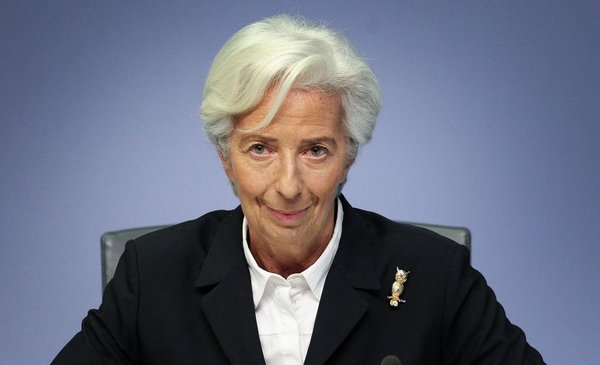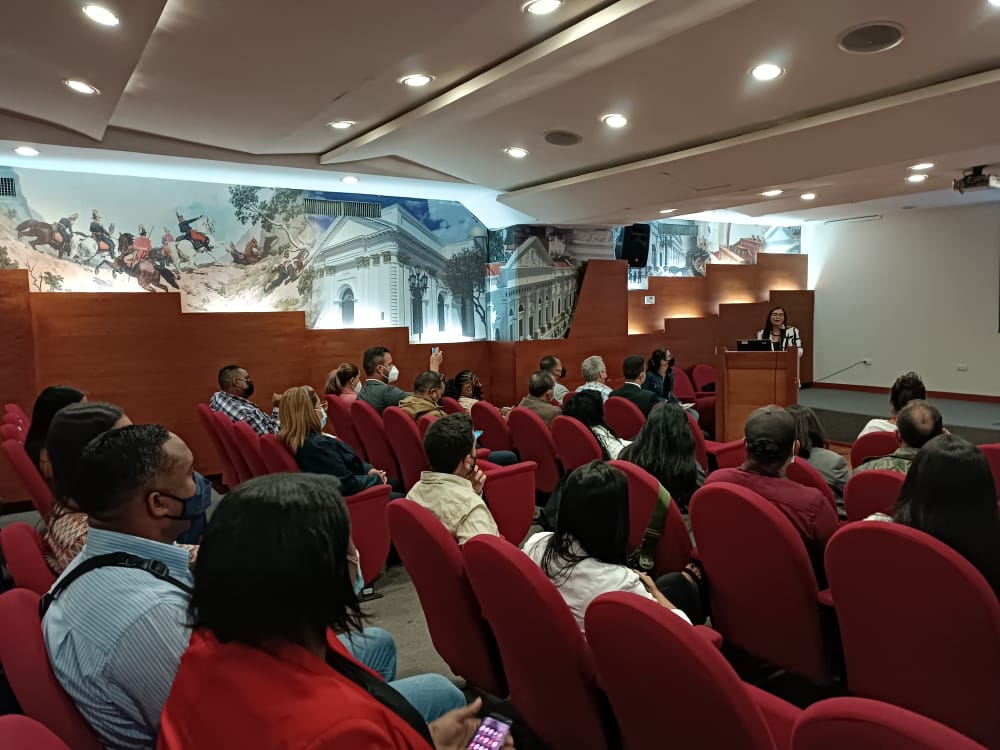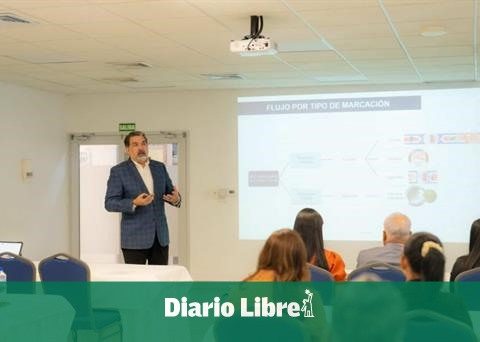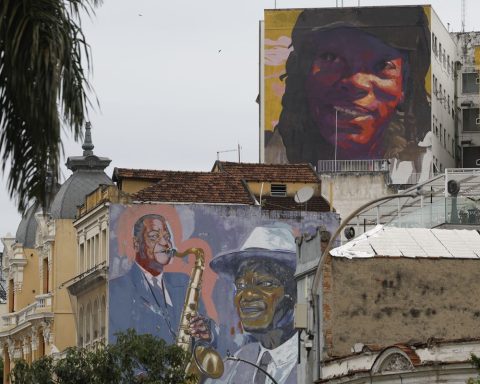After announcing the increase, the president of the entity, Christine Lagard, was presented at a press conference in Amsterdam and referred to the macroeconomic scenario that the European region is facing with an inflation that “remains undesirably high”, with a risk in the short term and that is expected to remain above the bank’s 2% target “for some time”.
“The latest data indicates a slowdown in growth, clouding the outlook for the second half of 2022 and beyond,” the authority said.
Lagarde also referred to the impact that the price of gasa product that has maintained its price at four-year highs and faces the risk of continuing to rise if Russia decides to make a total supply cut.
In this regard, the president of the ECB mentioned that it plays “a critical role” in the high inflation figures and that “unfortunately we will continue to see it for some time”, in addition to reaffirming the entity’s attention to the impact it has on the price of the electricity.
However, she was emphatic in saying that in the base scenario of the central bank’s projections, as in those of the European Commission published last week, “There is no recession, neither this year nor the next.” Although he clarified: “Is the horizon cloudy? Of course it is.”
In addition, Lagarde pointed out that the decision to increase the interest rate by half a percentage point was discussed internally by the Governing Council and unanimously approved by its members. “DWe decided together that it was appropriate to take a bigger step towards exiting negative interest rates.”
The hike was made based on several indicators that he said have changed since the last Council meeting in June, in the same way that the projections for the next decision in September have changed.
“The combined forecasts that existed for September are no longer applicable”, he pointed out and announced that from now on “we will make our monetary policy decisions based on the data, we will operate month by month and step by step”.
In this way, he added that “what happens in September will depend on the data we have for September, but we are definitely on a normalization path to reach our medium-term objective of 2%”.
Italy and the new TPI
The ECB’s decision is announced at a time when the European zone is hit by the political tumult of the resignation of Italian Prime Minister Mario Draghi after weeks of uncertainty.
This news is added to the announcement by the Governing Council of a new tool, the Transmission Protection Instrument (TPI, for its acronym in English) for the effective transmission of monetary policy and avoid the rise in risk premiums in some countries of the region, as could happen in Italy.
In this regard, Lagarde said that the instrument will help fulfill the price stability mandate and that “all members of the euro zone may be eligible.”
In this way, the The Governing Council, in its evaluation, will determine, based on the eligibility criteria and the indicators that indicate or not a disorderly dynamics of the markethe detailed.
Financial Journal-RIPE.


















